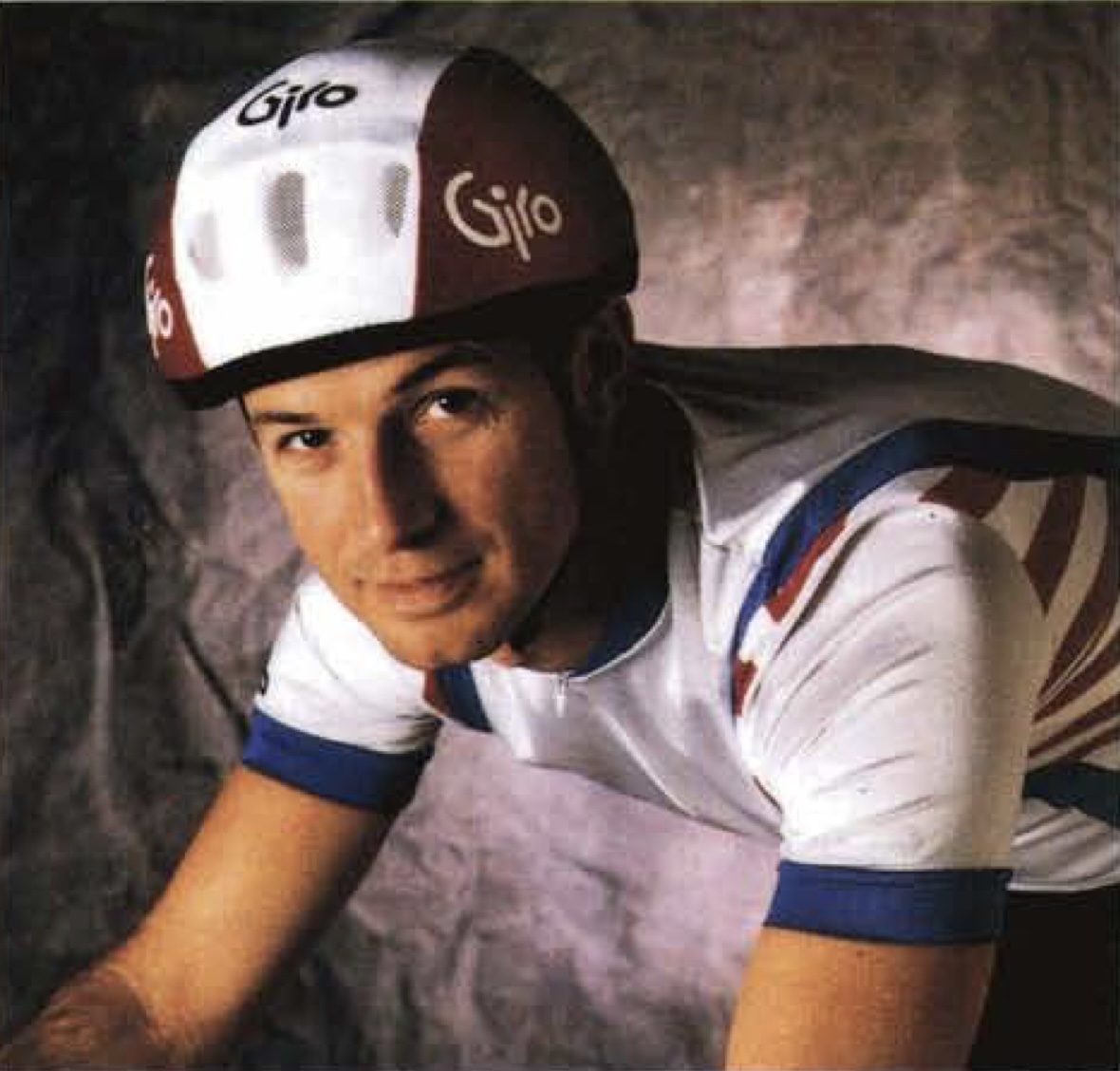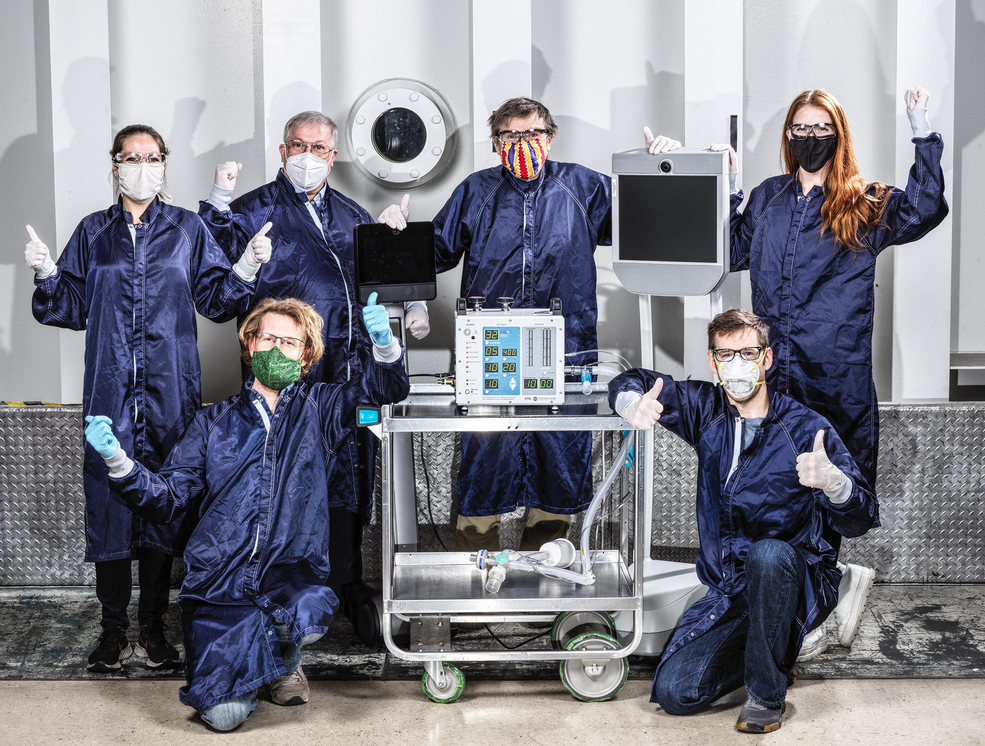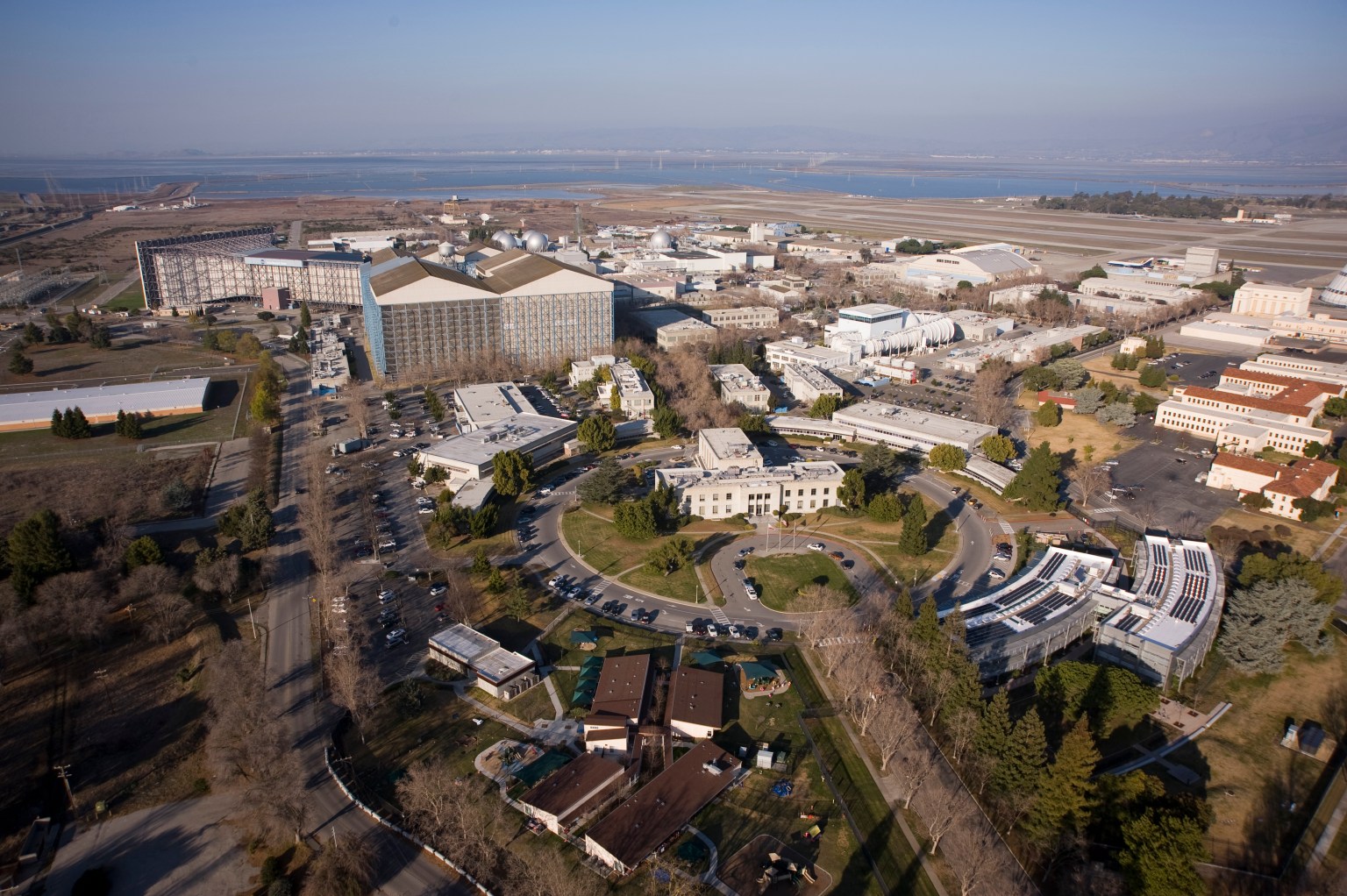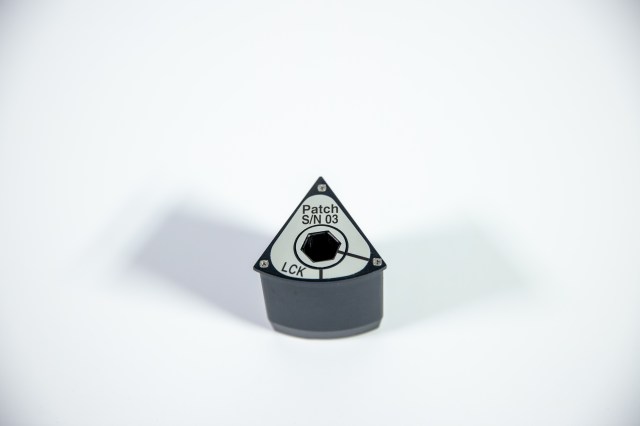Tech Today: A NASA-Inspired Bike Helmet with Aerodynamics of a Jet
Before the U.S. Cycling Federation adopted a requirement for all bike racers to wear helmets in 1986, most people rode without one. The only helmet options at the time drew rider complaints for being too hot and heavy. But, with a bit inspiration from a NASA aircraft wing design used during World War II, more […]
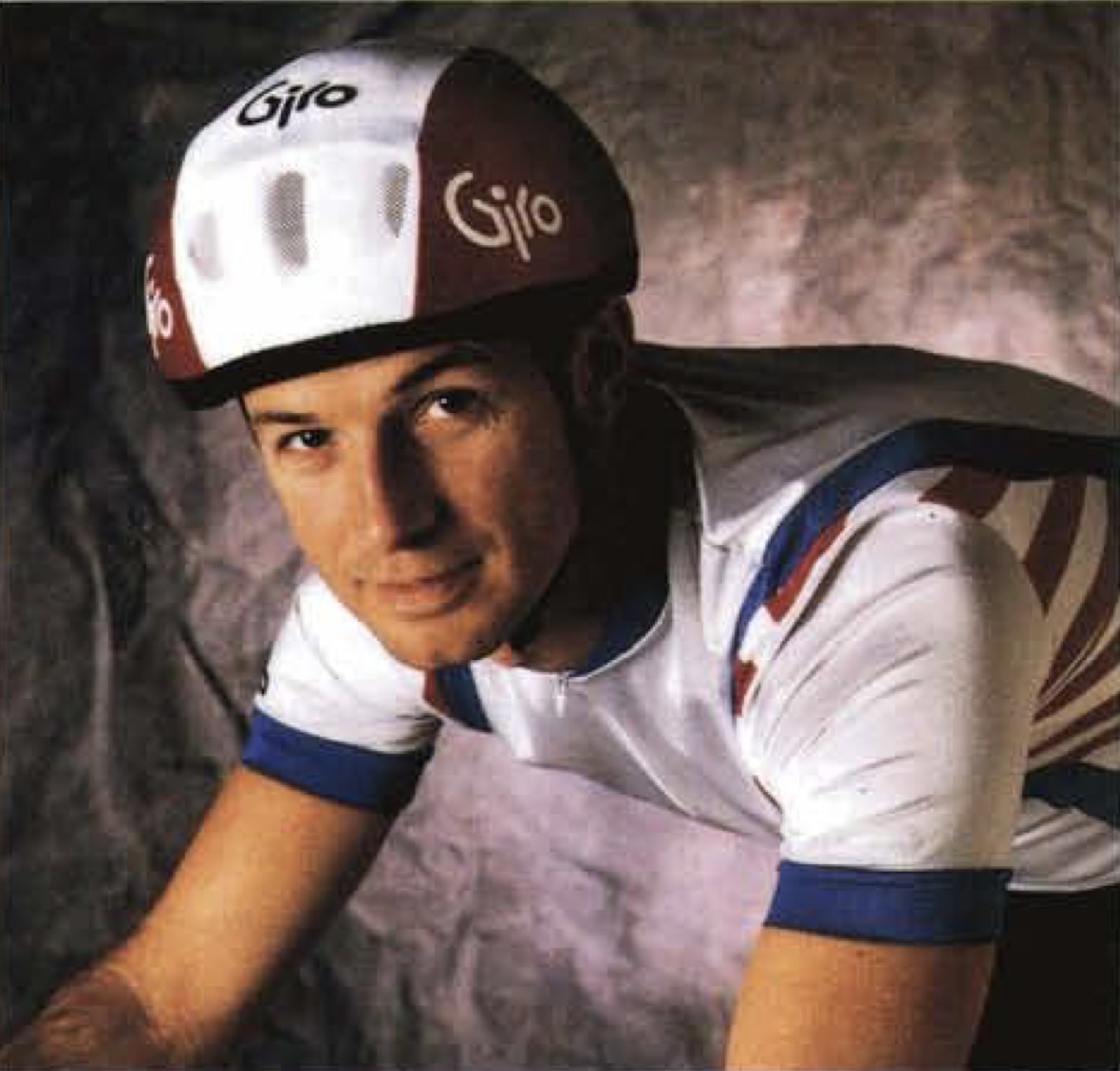
2 min read
Preparations for Next Moonwalk Simulations Underway (and Underwater)
Before the U.S. Cycling Federation adopted a requirement for all bike racers to wear helmets in 1986, most people rode without one. The only helmet options at the time drew rider complaints for being too hot and heavy. But, with a bit inspiration from a NASA aircraft wing design used during World War II, more than 20,000 competitive biker racers would soon have a lighter-weight option to protect their heads.
Jim Gentes, an industrial designer, and bicycling enthusiast developing an aerodynamic bike helmet, saw the new rule as an opportunity. He started Giro Sport Design Inc., now based in Irvine, California, to provide bike racers a speed and safety advantage. Then came the Giro Prolight, a lightweight racing helmet that was cool and aerodynamic, drawing upon a NASA-developed aircraft wing technology.
The National Advisory Committee for Aeronautics (NACA), NASA’s predecessor, developed the NACA 6-series airfoil during World War II to reduce drag in fighter aircraft. Raymond Hicks, an aerodynamicist at NASA’s Ames Research Center in California’s Silicon Valley, helped Gentes adapt that wing design to improve airflow over the helmet, reducing drag. Compared with bareheaded racing, wind tunnel tests confirmed that the reduced drag could save one second in a little over half a mile.
To keep it lightweight, the Prolight used expanded polystyrene foam with a removable Lycra cover. Vents in the front and rear of the helmet let air flow through, using the vacuum created by the rear vents to pull air into the helmet. The vent design also smoothed airflow, reducing turbulence and drag.
In 1986, Gentes added a foam model called the Aerohead. The Hammerhead, a Prolight with a thin shell, came next, followed by the newer, streamlined Aerohead. When Gentes’ friend Greg LeMond won the 1989 Tour de France wearing the Aerohead, worldwide acclaim followed.
Giro has changed hands several times since the 1980s and today, the brand continues to offer bike helmets and other sporting equipment and apparel.
Share
Details
Related Terms
What's Your Reaction?



















.jpg?#)























